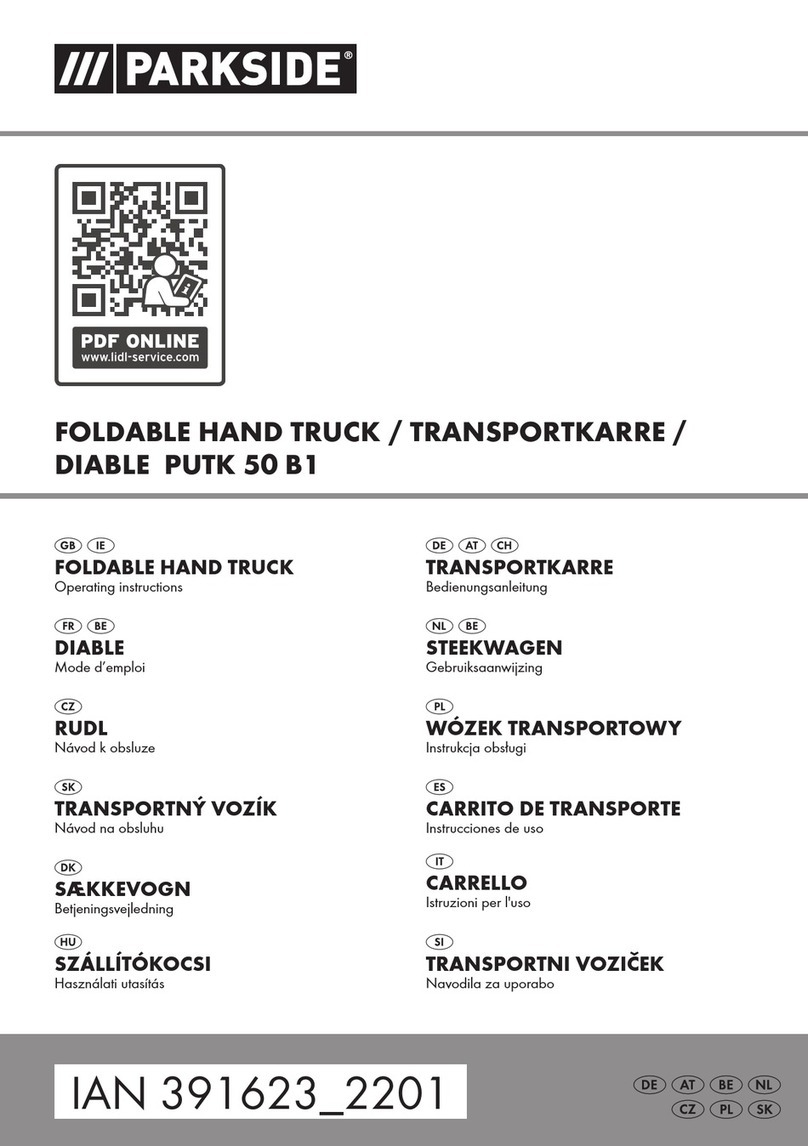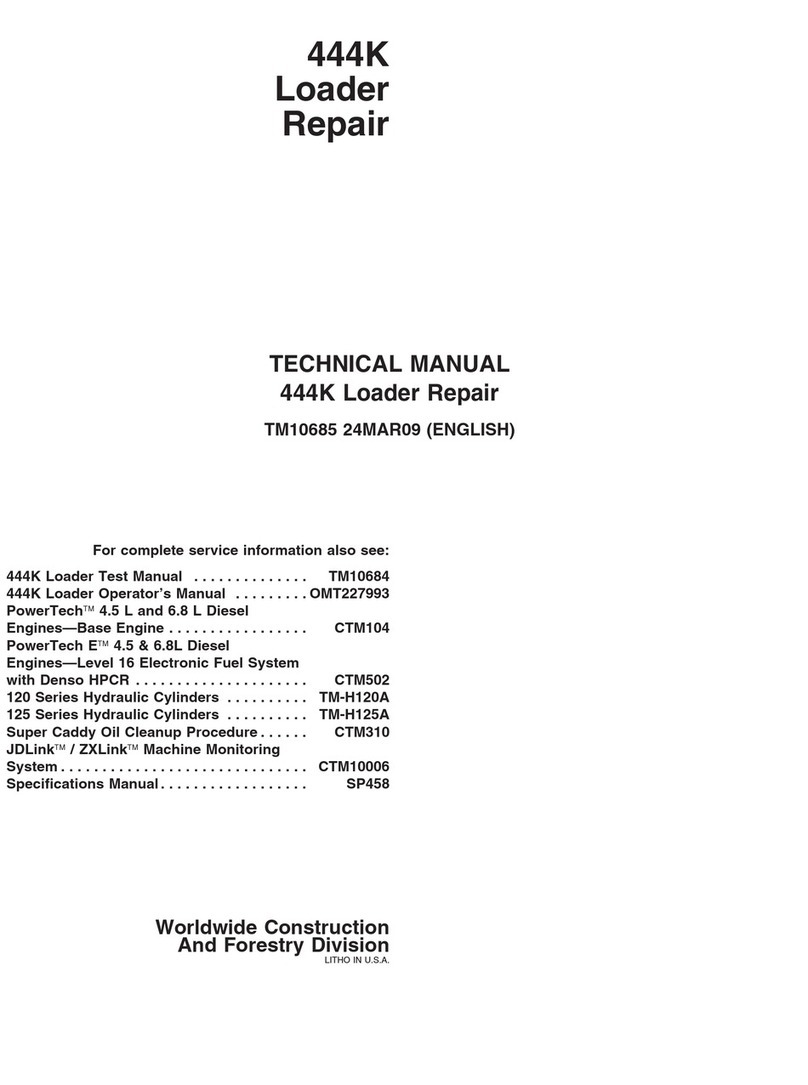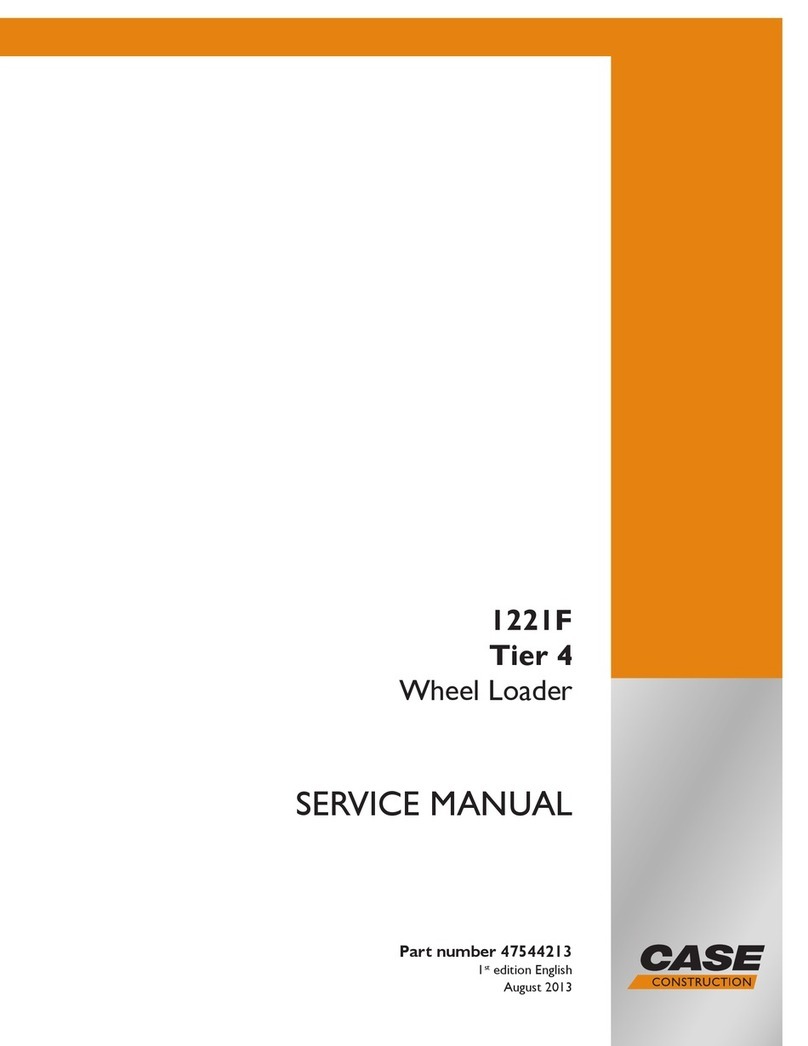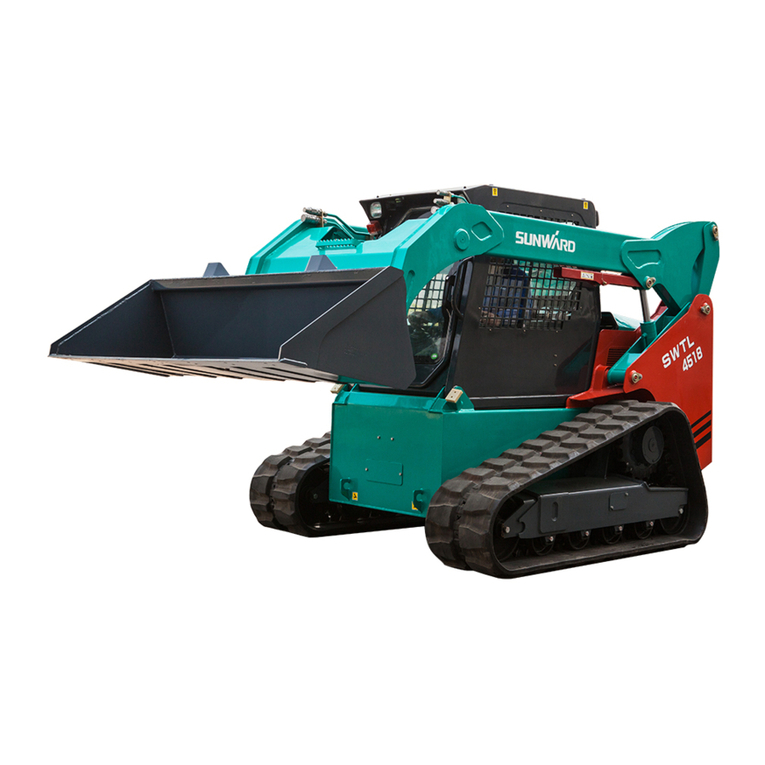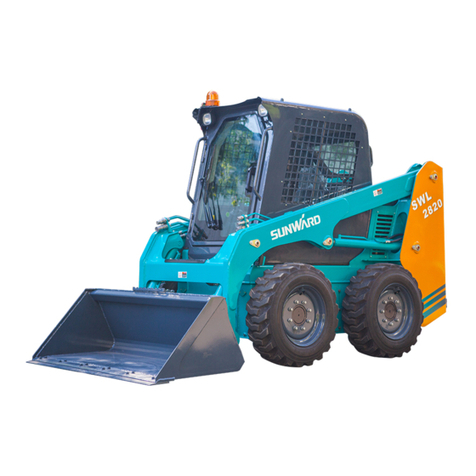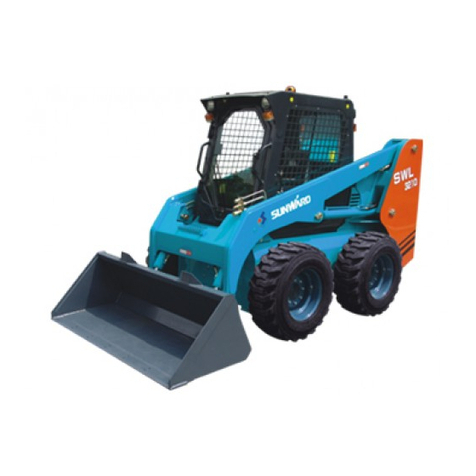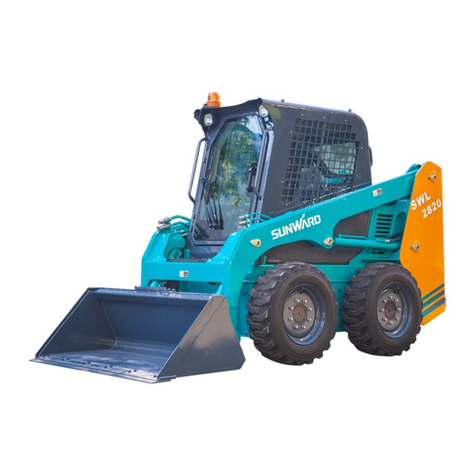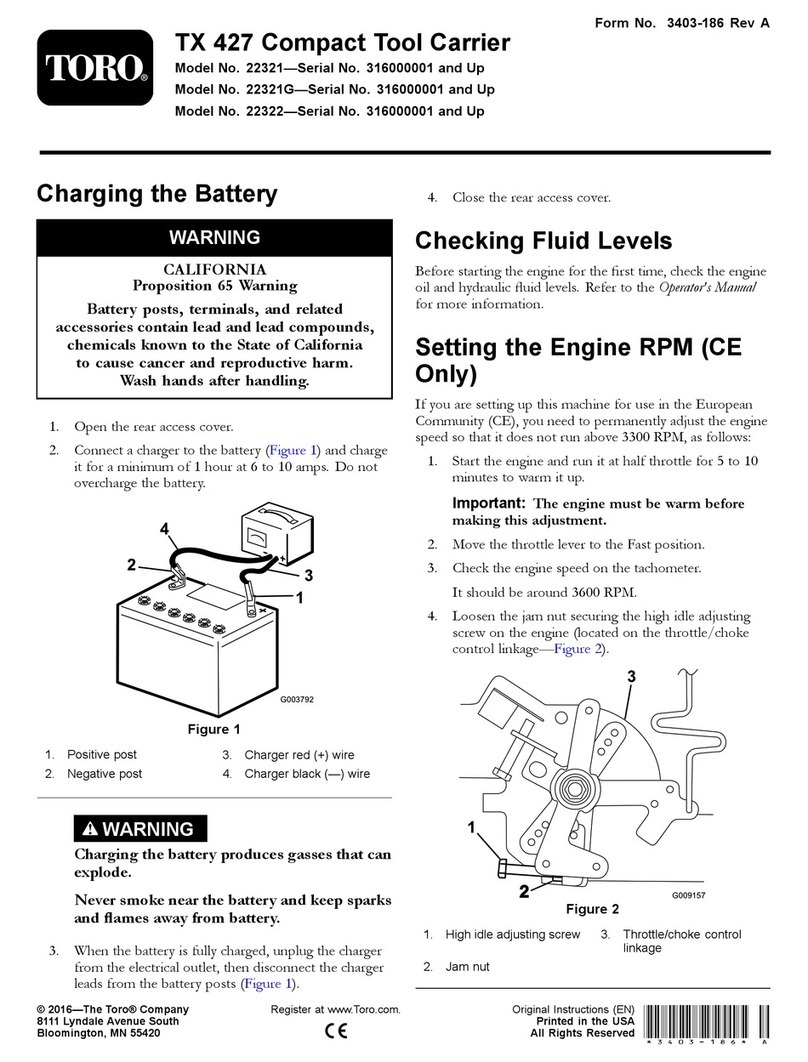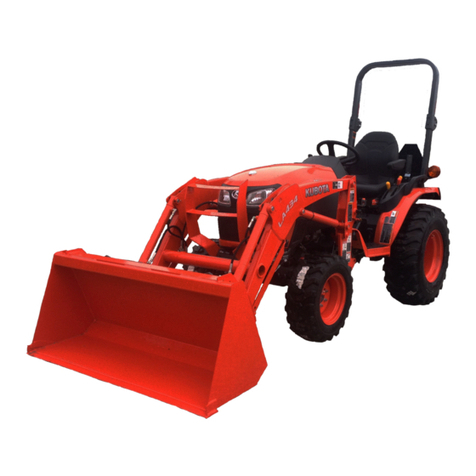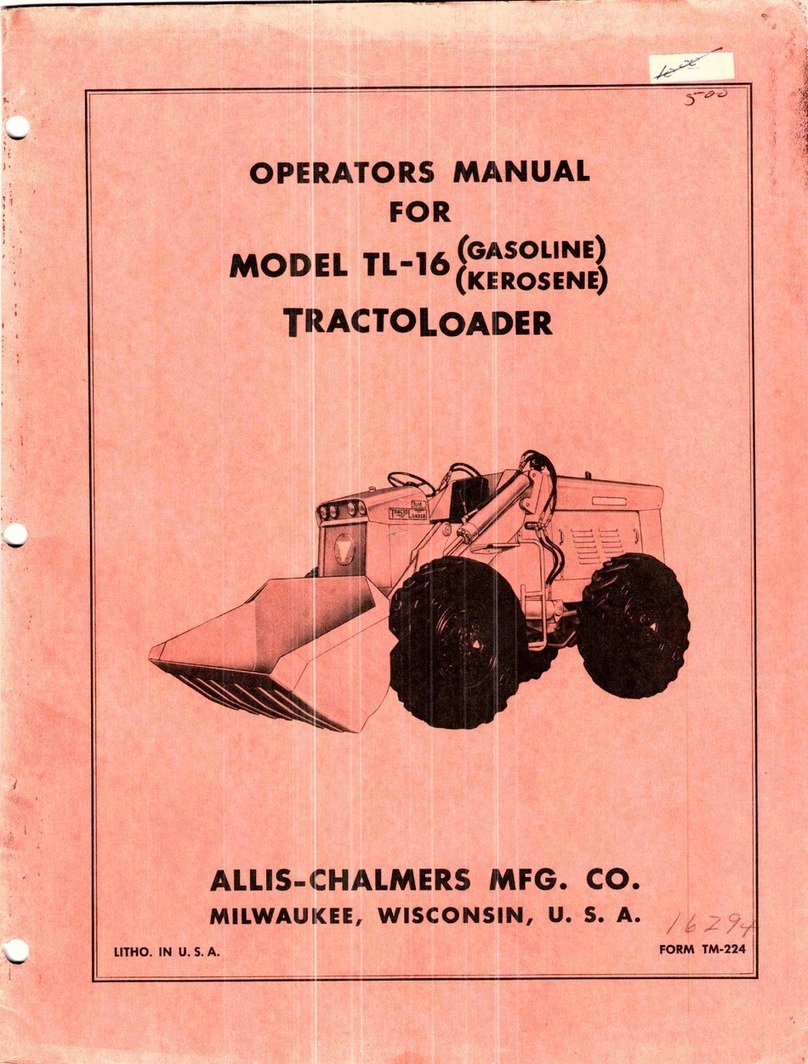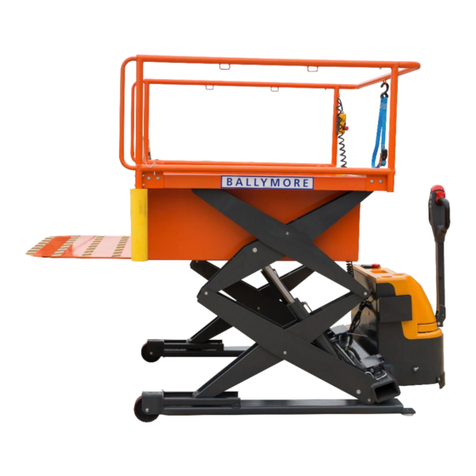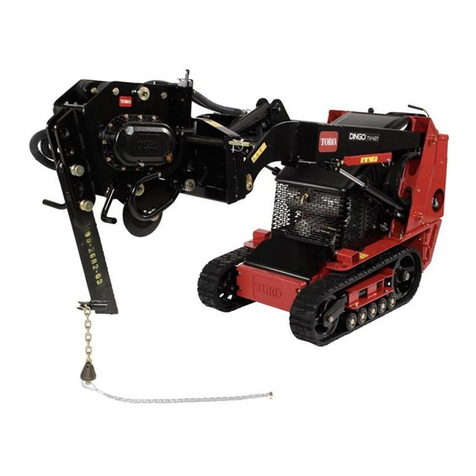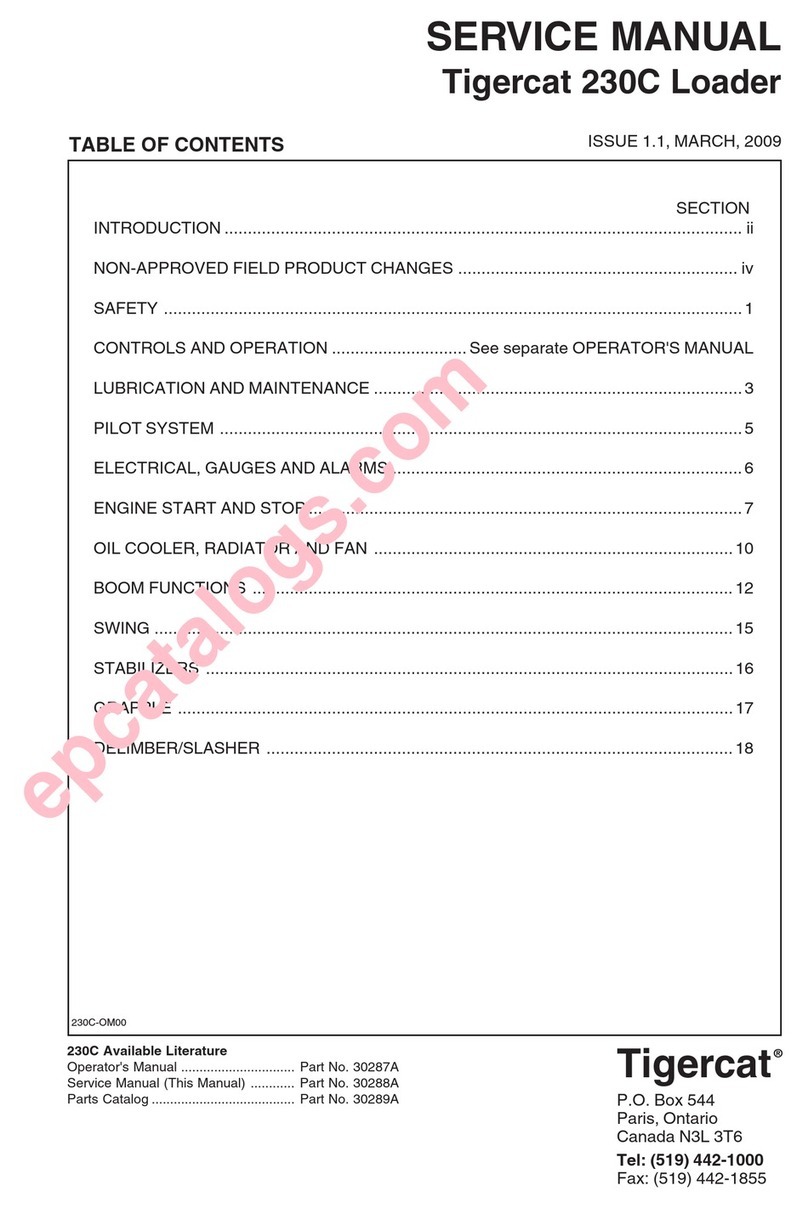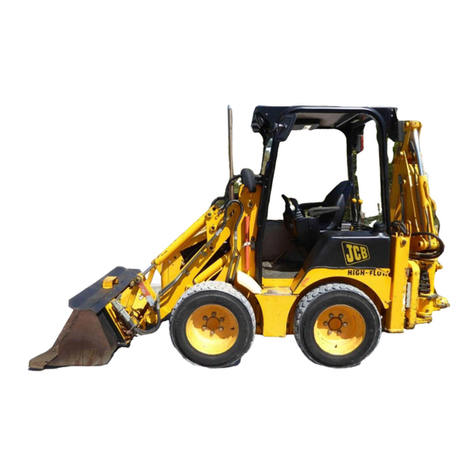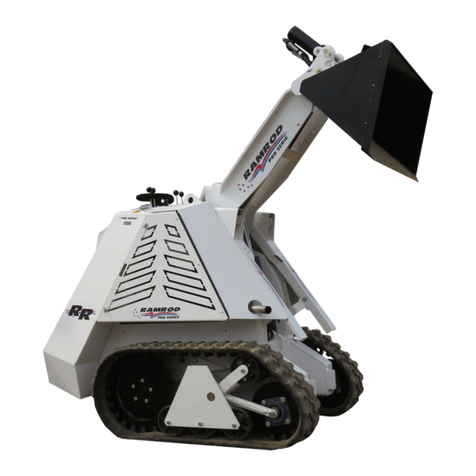
TABLE OF CONTENTS
PREFACE ......................................................................................................................................0
TABLE OF CONTENTS ....................................................................................................................1
1. SAFETY INSTRUCTIONS .........................................................................................................3
1.1 ORIGINAL REPLACEMENT PARTS AND ATTACHMENTS .............................................................. 3
1.2 DRIVER’S OPERATING INSTRUCTION................................................................................... 3
1.3 ENVIRONMENT.......................................................................................................................... 5
1.4 AUTHORIZATION TO OPERATE.................................................................................................. 5
1.5 OPERATING INSTRUCTIONS ..................................................................................................... 5
1.6 STOPPING THE TELESCOPIC HANDLER.................................................................................... 6
2. DESCRIPTION........................................................................................................................7
2.1 INSTRUMENT PANEL ................................................................................................................. 8
2.2 ACCELERATOR PEDAL(PIC. B).......................................................................................... 11
2.3 FOOT BRAKE(PIC. A)........................................................................................................ 11
2.4 STEERING WHEEL ................................................................................................................... 11
2.5 KEY SWITCH........................................................................................................................... 11
2.6 EMERGENCY STOP SWITCH...................................................................................................... 11
2.7 ROCKER SWITCH CONSLE........................................................................................................ 12
2.8 BATTERY MAIN SWITCH ......................................................................................................... 12
2.9 COMBINATION CONTROL SWITCH............................................................................................ 13
2.10 ELECTRO-HYDRAULIC PROPORTIONAL SERVOCONTROLS........................................................ 14
2.11 SEAT....................................................................................................................................... 15
2.12 SAFETY BELT......................................................................................................................... 15
2.13 REARVIEW MIRROR ................................................................................................................. 16
3. MACHINE OPERATION.........................................................................................................17
3.1 AUTHORIZED OPERATION ....................................................................................................... 17
3.2 BEFORE STARTING THE LIFT TRUCK. .................................................................................. 17
3.3 START THE ENGINE ............................................................................................................... 18
3.4 ALTERNATOR........................................................................................................................... 18
3.5 DRIVE..................................................................................................................................... 19
3.6 STEER..................................................................................................................................... 19
3.7 STOPPING THE LIFT TRUCK.................................................................................................. 19
3.8 STEERING MODE ..................................................................................................................... 19
3.9 MOUNT THE ACCESSORY WITH MANUAL LOCK......................................................................... 21
3.10 LOAD HANDLING ..................................................................................................................... 23
4. TRANSPORT AND STORE .....................................................................................................26
4.1 SLING THE LIFT TRUCK........................................................................................................ 26
4.2 TRANSPORT THE LIFT TRUCK ON APLATFORM ..................................................................... 26
4.3 STORAGE................................................................................................................................. 27
4.3.1 Long-term storage..................................................................................................... 27
4.3.2 Before storage........................................................................................................... 27
4.3.3 During storage........................................................................................................... 27
4.3.4 After storage............................................................................................................. 27

